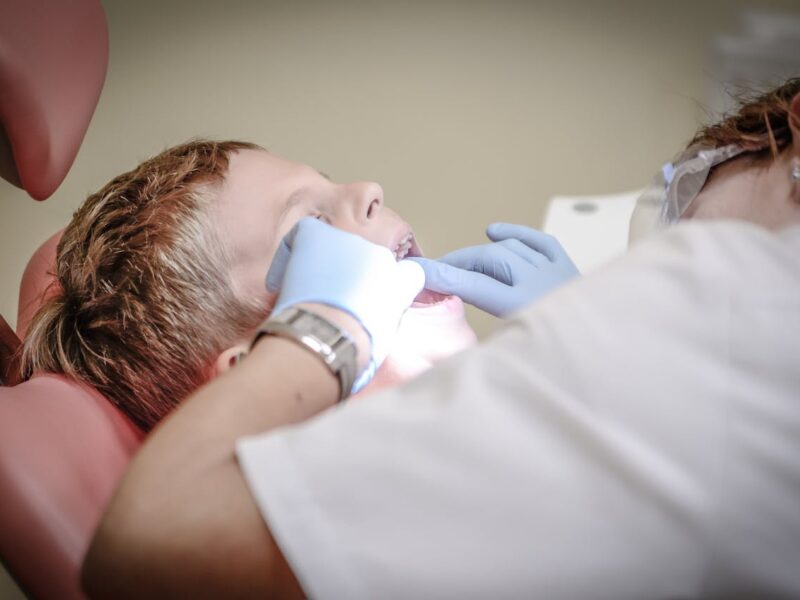Are you thinking about tasting wine? Are you thinking of starting a hobby that offers you a vast amount of experience?
Though connoisseurship seems elusive and even impossible, becoming a connoisseur is possible with a little bit of work, research, and mentor-ship. While you are not going to get a Ph.D in wine tasting and judgment, you can learn a few things about wine tasting to help you really appreciate what you sip on for years to come!
Below, we are going to tell you how to develop your wine tasting palate so you can really enjoy your drink of choice.
Ready to understand how to better appreciate wine? Follow along and find out about wine tasting palette!
Contents
Understand Your Palate
When it comes to learning how to develop your wine tasting palette, understanding your palate is essential. Knowing what flavors and smells you enjoy will inform your wine choices. Palate helps you decide on specifics wines to pursue, like the type of grape or wine blends.
Your palette will develop and become more refined through more nuances and characteristics of each wine you taste. Learning about the history of different types of wines and styles can also help you become a wine connoisseur.
Isolate Flavors and Visualize Them
To become a wine connoisseur, it is important to understand and isolate different flavors that you can visualize. Tasting wine is more than just enjoying the flavor; it is a journey into the depths of its complexity.
When you recognize the different notes and aromas in the taste, you will come to appreciate each glass differently. Visualizing the flavors you are tasting can help to isolate them. For instance, when you take a sip, notice how the flavors unfold on your tongue.
Have you detected the subtle hints of pepper or fruit? Isolate and identify the flavor using words that fit the taste. This practice will help you develop your wine tasting palette as you become more familiar with the different nuances of the wine.
Pay Attention to Texture and Body
In order to develop a discerning wine tasting palette, one must pay specific attention to the texture and body of the wine. The texture is the feeling of the wine in your mouth, which can range from thin and watery to thick and viscous.
Body is determined by the alcohol content and viscosity of the wine, and it can range from light to full-bodied. In a novice wine tasting, simply noting the texture and body of the wine can be a great place to start.
With practice, it’ll become easier to recognize subtle differences in the texture and body, like slightly higher acidity or a smoother finish. Over time, these more subtle flavors and characteristics will open up to your palate, making it more sophisticated and unmistakable. With practice and careful descriptions, you’ll develop a palate like a connoisseur.
Visit this wine trail to learn more about the best wine experience.
Learn How to Develop Your Wine Tasting Palette
To develop your wine tasting palette, sampling a wide variety of wines is key. Experiment with styles, regions, and vintages to continually challenge your senses and refine your preferences.
With continued practice and knowledge, you will soon become a connoisseur in no time. why not taste your way to an expert palate today?
If you want to explore the best topics, we’ve got you covered. Check out some of our other blogs today!



